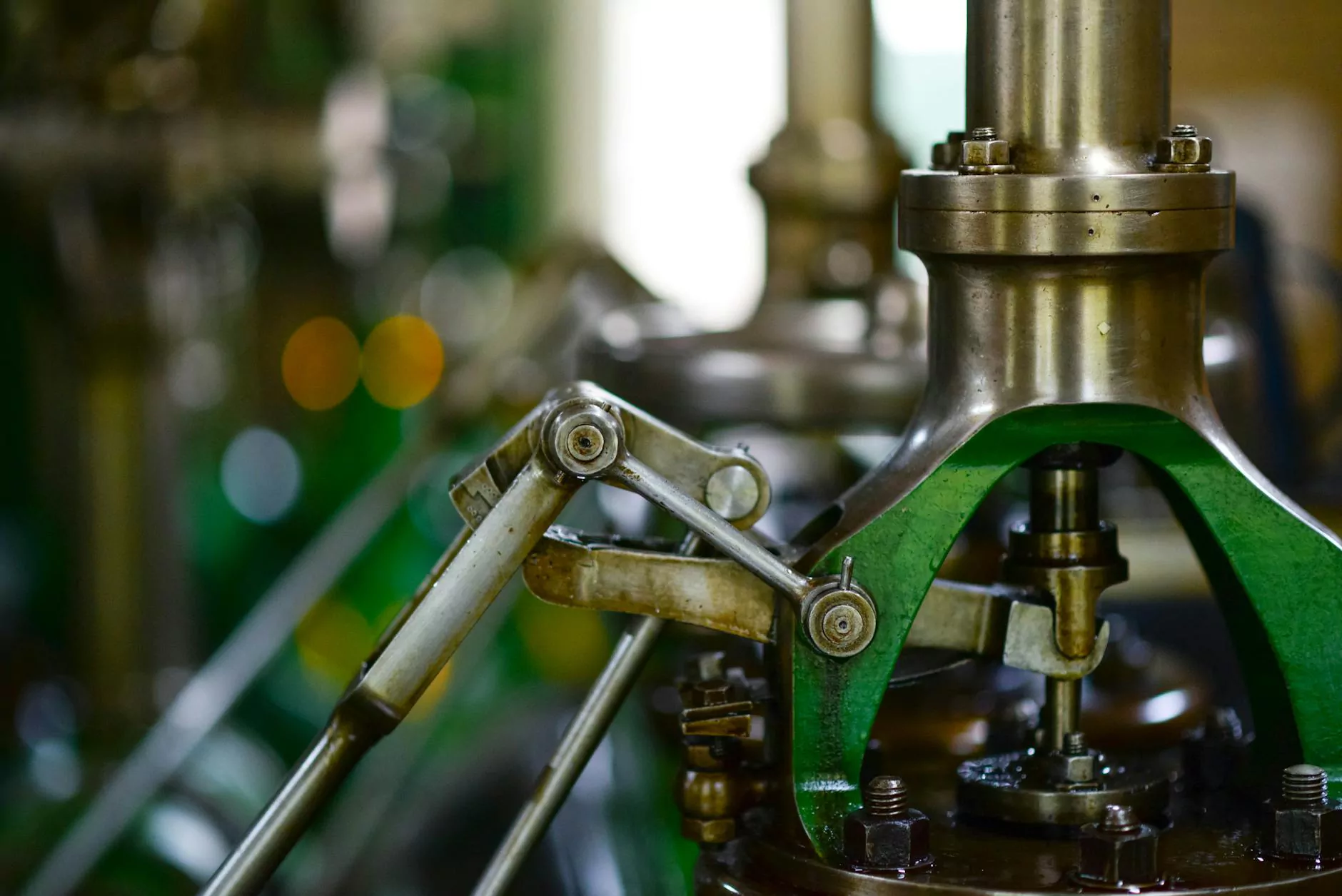Lifting Equipment Inspection Information
Equipment Rental
Introduction to Lifting Equipment Inspection
In the heavy industry and engineering sector, the safety and reliability of lifting equipment is of utmost importance. Lifting equipment, such as cranes, hoists, and forklifts, are used for various tasks involving the movement of heavy loads. To ensure the safety of workers and compliance with regulations, regular inspection of lifting equipment is necessary.
The Importance of Lifting Equipment Inspection
Regular and thorough inspection of lifting equipment is crucial for several reasons:
- Safety: Lifting equipment failures can result in serious accidents, injuries, or even fatalities. Inspections help identify potential issues and prevent accidents.
- Compliance: Various regulations, such as the Occupational Safety and Health Administration (OSHA) standards, require regular inspections to ensure compliance with safety guidelines.
- Efficiency: Properly maintained and inspected lifting equipment operates efficiently, reducing downtime and increasing productivity.
- Cost Savings: Inspections help identify minor issues before they escalate into major problems, minimizing repair costs and equipment downtime.
Types of Lifting Equipment Inspection
Lifting equipment inspections can be categorized into the following:
1. Initial Inspection
Before using any new lifting equipment, an initial inspection is necessary to ensure proper installation and functioning. This inspection focuses on verifying the equipment's condition, documentation, and compliance with relevant standards.
2. Routine Inspection
Regular routine inspections are essential to identify wear, deterioration, or potential defects in lifting equipment. These inspections are typically carried out at set intervals or based on manufacturers' recommendations.
3. Thorough Examination
A thorough examination is a detailed inspection of lifting equipment, mandated by regulations, typically conducted by competent individuals or specialized inspection companies. This examination assesses the equipment's safety and compliance, thoroughly checking various components, electrical systems, structural integrity, and documentation.
Best Practices for Lifting Equipment Inspection
Implementing best practices for lifting equipment inspection ensures optimal safety and compliance. Consider the following:
1. Establish Inspection Schedules
Develop a comprehensive inspection schedule based on manufacturers' recommendations, usage frequency, and legal requirements. Adhering to the schedule helps identify issues promptly and avoid unexpected equipment failures.
2. Train Competent Inspectors
Ensure inspectors are adequately trained and competent to perform thorough examinations. Proper training enables them to identify potential hazards, interpret regulations, and make informed decisions regarding equipment safety.
3. Use Advanced Inspection Techniques
Embrace advanced inspection techniques, such as non-destructive testing methods, to assess the internal integrity of lifting equipment. These techniques provide a deeper understanding of the equipment's condition, improving the accuracy of inspections.
4. Maintain Detailed Inspection Records
Maintain comprehensive records of all inspections, including dates, findings, corrective actions, and follow-up procedures. Detailed records facilitate compliance tracking and trend analysis for continuous safety improvement.
5. Address Issues Promptly
If any deviations or defects are found during inspections, take immediate corrective actions to rectify the problems. Ignoring or delaying repairs can endanger workers and lead to regulatory non-compliance.
Conclusion
Lifting equipment inspection is vital in heavy industry and engineering to ensure safety, compliance, and operational efficiency. By implementing thorough and regular inspection practices, organizations can protect their workers, minimize risks, and optimize equipment performance. Make lifting equipment inspection a priority to create a safer and more productive work environment.










